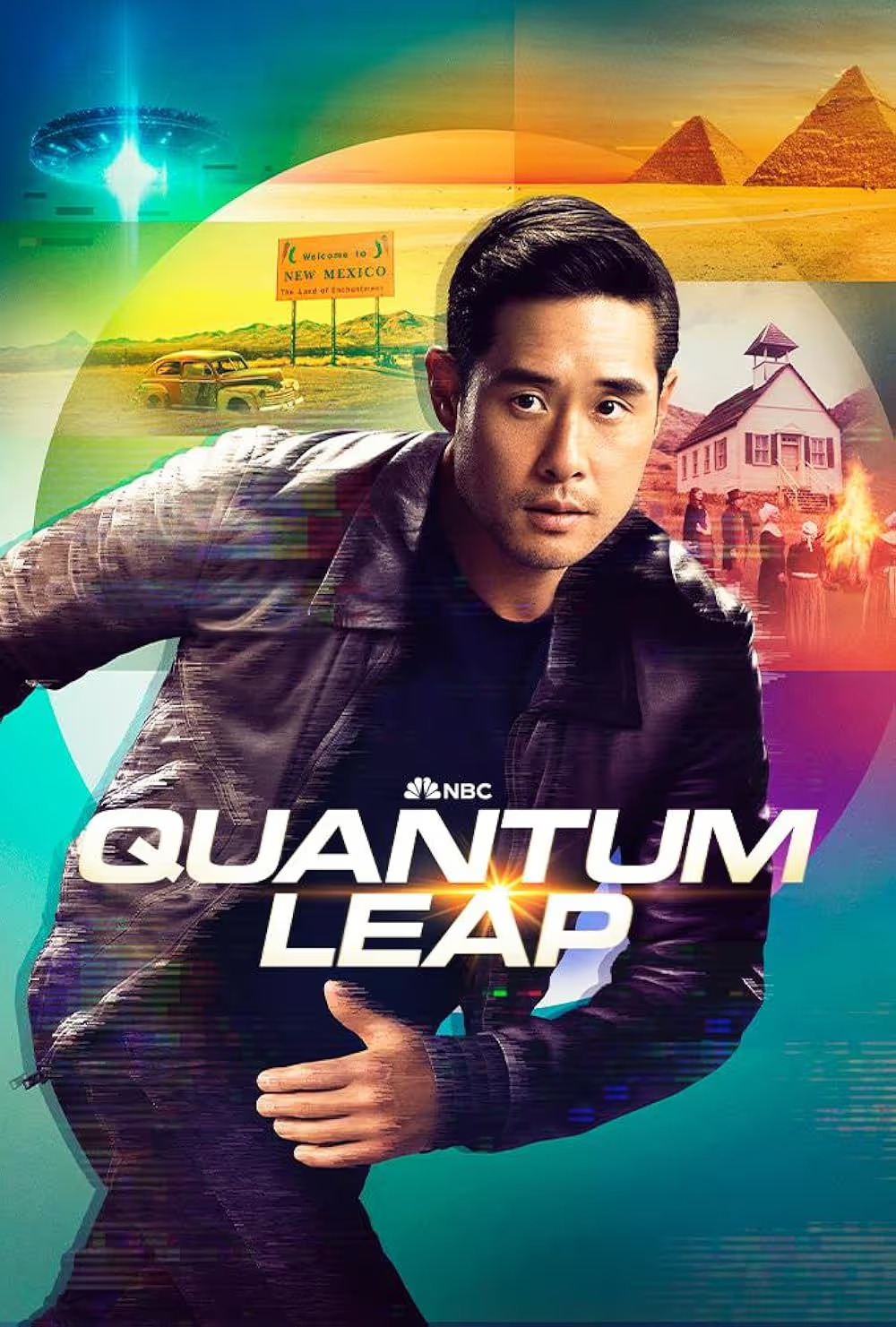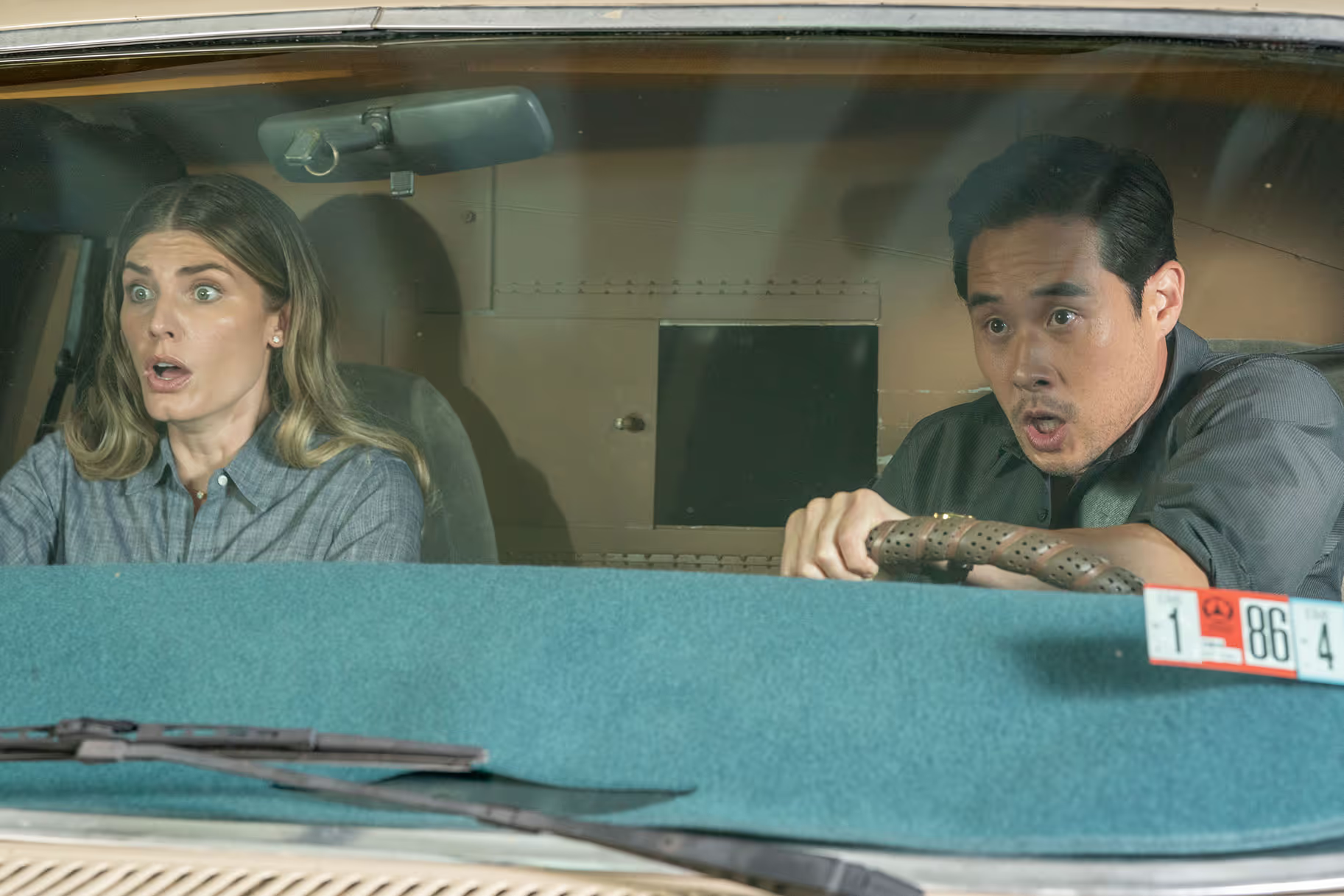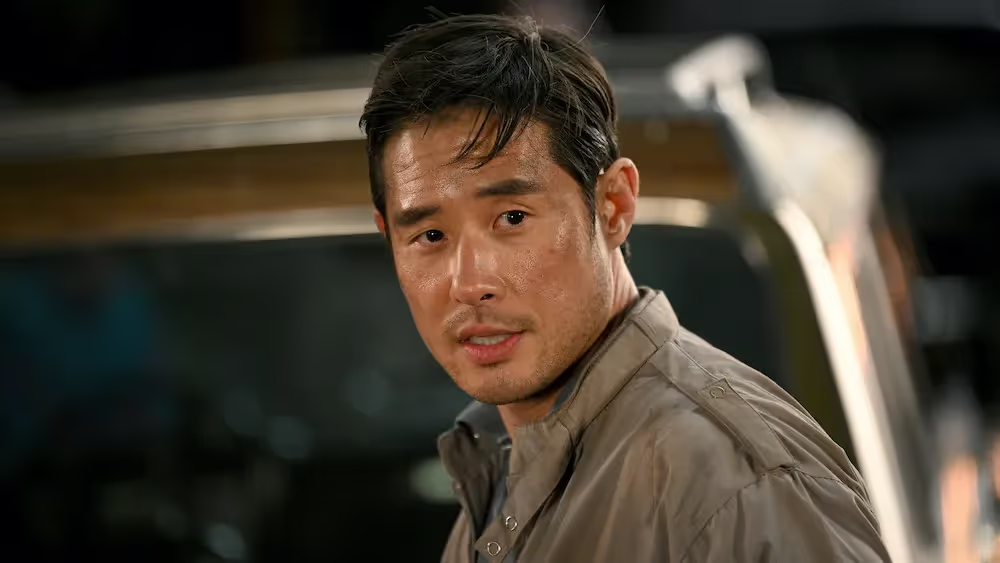
Challenge
The production needed a convincing street extension of 1985 Philadelphia that could support multiple narrative beats across seven shots. Each element—architecture, vehicles, and crowds—had to look and behave like it belonged to that time period. There was no margin for error: the illusion had to hold up in wide shots and close angles alike, with the kind of invisible realism that lets the audience focus entirely on the story. The difficulty was not just creative but technical, since the sequence combined environment builds, crowd work, and compositing under an extremely compressed timeline.

Our Solution
AlphaVFX approached the sequence with a hybrid pipeline designed for speed and realism. We built the street extension in Unreal Engine, starting with camera and layout to match the plates precisely. Once the geography was locked, our team populated the environment with 3D buildings, period-accurate vehicles, and animated pedestrian cycles that captured the natural flow of a downtown street. Traffic systems were designed to behave dynamically while still matching continuity across the sequence. With the environment fully realized in Unreal, we generated renders that could be integrated with the live-action photography. Our compositing team in Nuke then keyed, matched, and balanced each shot, ensuring that every element—from the edges of a car to the shadows of passing pedestrians—sat invisibly within the plate. By setting up reusable templates and workflows, we maintained both quality and consistency across the seven shots while staying within the one-week deadline.
Delivery and Results
The sequence was completed on schedule and delivered as planned. The recreation of 1980s Philadelphia blended seamlessly with the live-action, creating a believable sense of place that supported the story without distraction. Producers praised the speed of delivery and the naturalism of the integration, and the shots aired as part of the premiere episode to strong reception. The work demonstrated how a modern Unreal Engine pipeline, combined with traditional compositing craft, can deliver cinematic results under television deadlines.






The Transformation
For the production team, the experience underscored the value of combining game-engine tools with a streamlined VFX workflow. Instead of relying on traditional 3D builds that might have taken weeks, Unreal Engine allowed for rapid iteration and layout, while Nuke ensured a polished, broadcast-ready finish. This project set the stage for how future episodic productions can integrate virtual environments into their storytelling without compromising schedule or quality.
Technical Highlights
The project involved environment layout and camera setup in Unreal Engine, the build and animation of buildings, cars, and pedestrians to match the 1980s period, and final integration in Nuke through keying, clean-up, and compositing. The pipeline showcased how real-time tools and traditional compositing can work together to solve high-pressure production challenges in record time.
